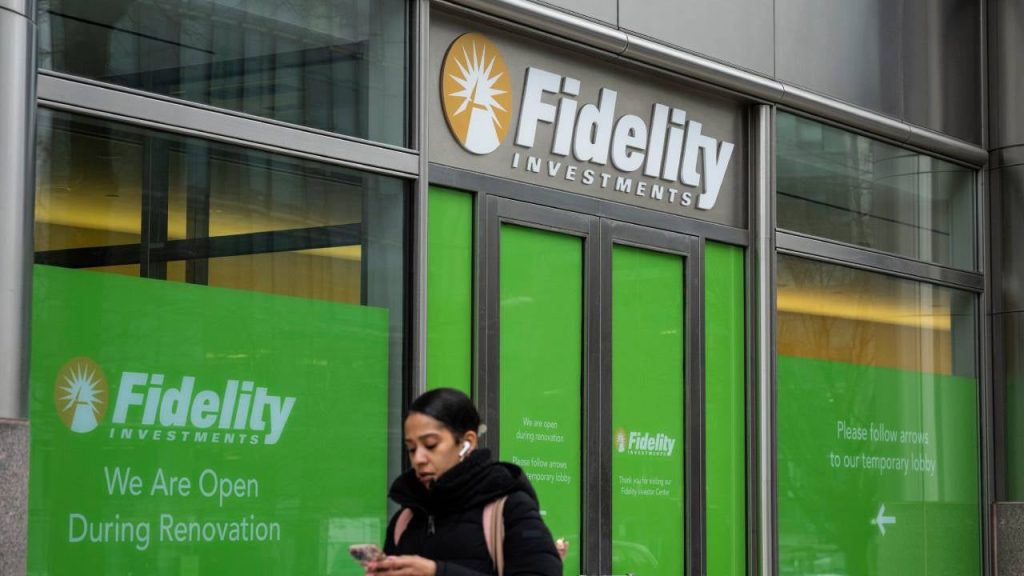Bloomberg / Contributor / Getty Images
Key takeaways
- In a recent white paper, Fidelity laid out scenarios based on whomever is eventually left paying the tab for President Donald Trump’s latest tariffs.
- Uncertainty topped the firm’s list of risks associated with the current market environment.
- Plus, stagflation just sent in its RSVP and it’s a firm “maybe.” Fidelity says the odds we’re entering a stagflationary environment are increasing.
Uncertainty is the watchword for now, according to the latest white paper from the Fidelity Institutional Capital Markets Strategy Group. Fidelity’s back-of-the-envelope calculation puts the effective tariff rate at roughly 26 percent, noting that the rate has not been above 10 percent since the 1950s.
Until there’s more clarity around the holistic impact of the reciprocal tariffs, uncertainty is a greater risk to the markets than the tariffs themselves, analysts write.
What is certain now is that these swift and sweeping tariff announcements have left firms scrambling to address supply chain issues.
Fidelity cites increased near-term downside risks to growth and raised the likelihood of a “quickly realized one-time inflation increase,” increasing the odds of entering a stagflationary environment.
What is stagflation?
Prolonged downward pressure on growth combined with inflation are the combustible ingredients that can lead to stagflation — the one-two punch of a stagnant economy and inflation happening simultaneously.
Who will pay for Trump tariffs?
“Who will pay?” is the big unanswered question regarding tariffs: Consumers? Corporations? Importers? Exporters? Will they share the added costs? And what are the so-called knock-on effects for investors and the U.S. economy in the longer term?
Fidelity lays out a few scenarios:
- If supply chains absorb more of the tariff costs, corporate margins would be squeezed, potentially resulting in worker layoffs. This could then negatively impact economic growth and lead to a decrease in the U.S. GDP growth rate.
- If consumers bear the burden of higher tariffs, they’ll pay higher prices for imported goods, which paves the runway for increased inflation (if substitute products unaffected by tariffs are available), or forego purchasing certain items all together.
What should investors do now?
With so much still in play, Fidelity urges long-term investors to focus on their overall strategic goals and consider greater portfolio diversification through alternative asset classes: “The bottom-line impact of tariffs on economic and corporate fundamentals is challenging to conclude. Therefore, investors should remain vigilant and patient — and stay focused on diversification in their portfolios.”
Need an advisor?
Need expert guidance when it comes to managing your investments or planning for retirement?
Bankrate’s AdvisorMatch can connect you to a CFP® professional to help you achieve your financial goals.
Here’s a to-do list as you wait for things to shake out:
Editorial Disclaimer: All investors are advised to conduct their own independent research into investment strategies before making an investment decision. In addition, investors are advised that past investment product performance is no guarantee of future price appreciation.
Read the full article here
